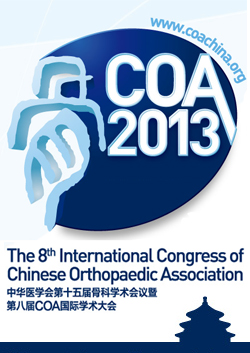
COA 2013: the use of ball-slide-type interbody distractors in spondylolisthesis surgery

COA 2013: the use of ball-slide-type interbody distractors in spondylolisthesis surgery
Application of ball-slide-type interbody distractor in posterior reduction and internal fixation for mid and high-grade isthmic spondylolisthesis
Did you know you're eligible to earn 0.5 CME credits for reading this report? Click Here
CONFERENCE ACE REPORTS
This ACE Report is a summary of a conference presentation or abstract. The information provided has limited the ability to provide an accurate assessment of the risk of bias or the overall quality. Please interpret the results with caution as trials may be in progress and select results may have been presented.
Synopsis
59 patients with mid to high grade isthmic spondylolisthesis were randomly assigned into 1 of 2 groups to compare the effectiveness of posterior reduction and internal fixation with ball-point slide-type interbody distractors to only posterior reduction and internal fixation. The results of the study indicated that radiographic outcomes were significantly better for those who received posterior re...
To view the full content, login to your account,
or start your 30-day FREE Trial today.
FREE TRIAL
LOGIN
Forgot Password?
Explore some of our unlocked ACE Reports below!

Learn about our AI Driven
High Impact Search Feature
Our AI driven High Impact metric calculates the impact an article will have by considering both the publishing journal and the content of the article itself. Built using the latest advances in natural language processing, OE High Impact predicts an article’s future number of citations better than impact factor alone.
Continue



 LOGIN
LOGIN

Join the Conversation
Please Login or Join to leave comments.